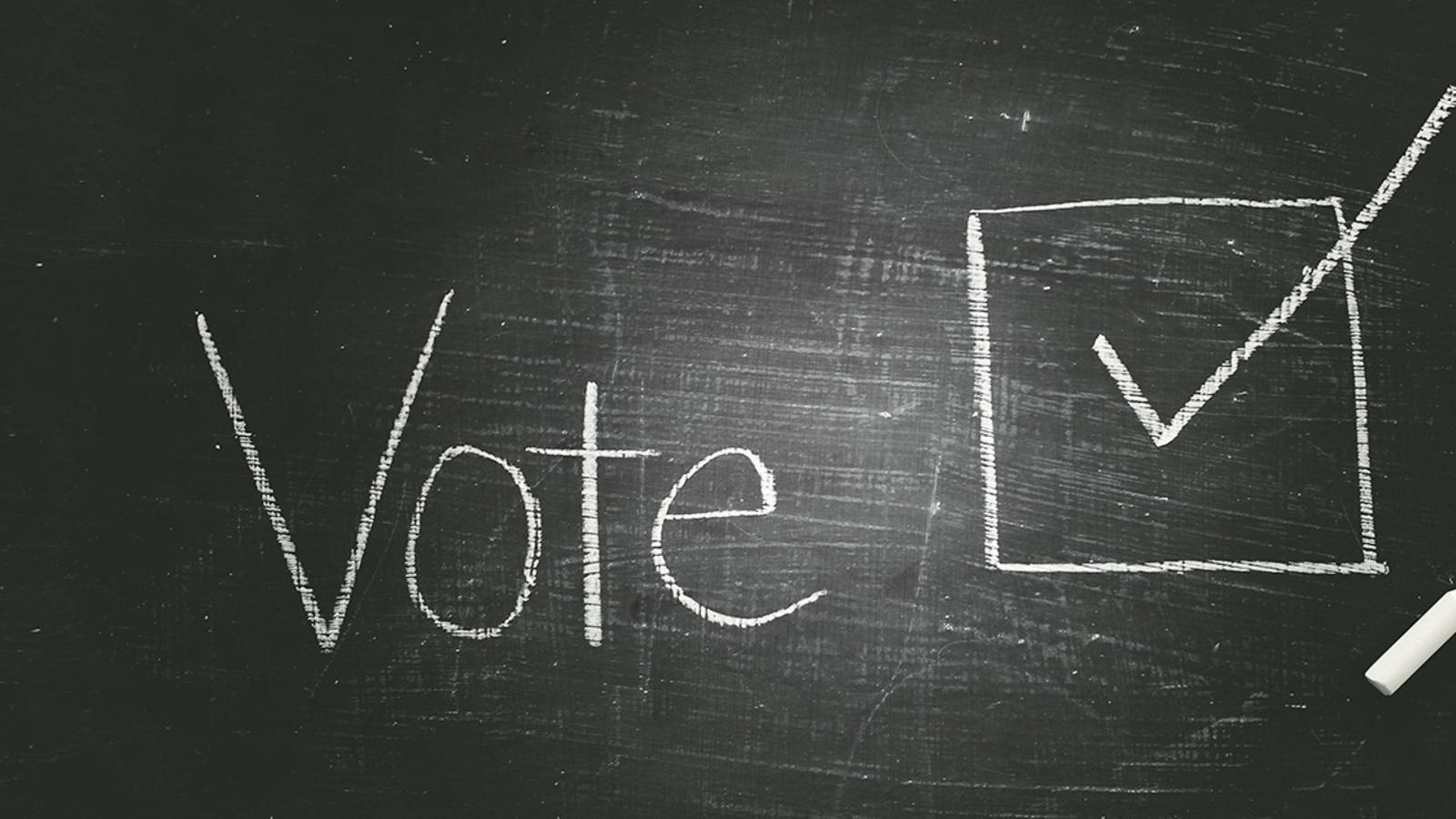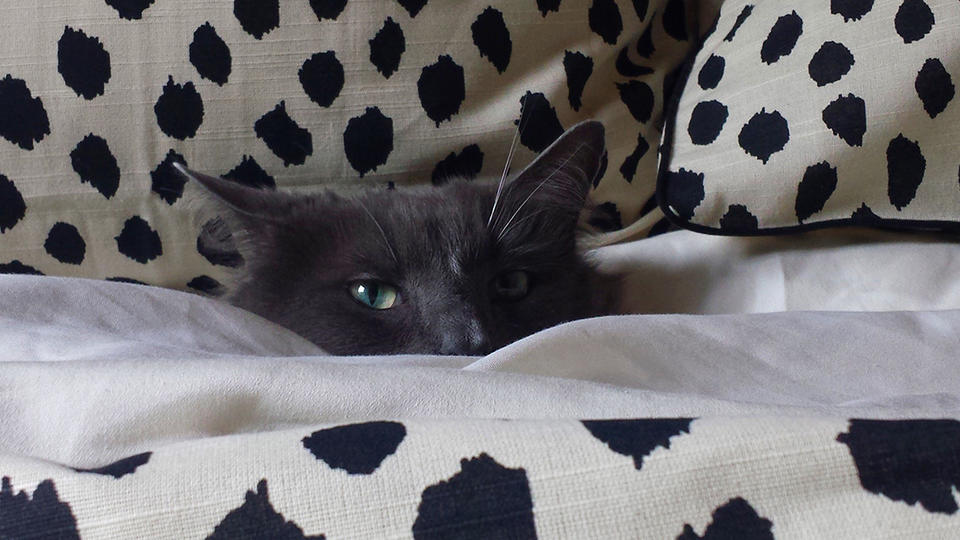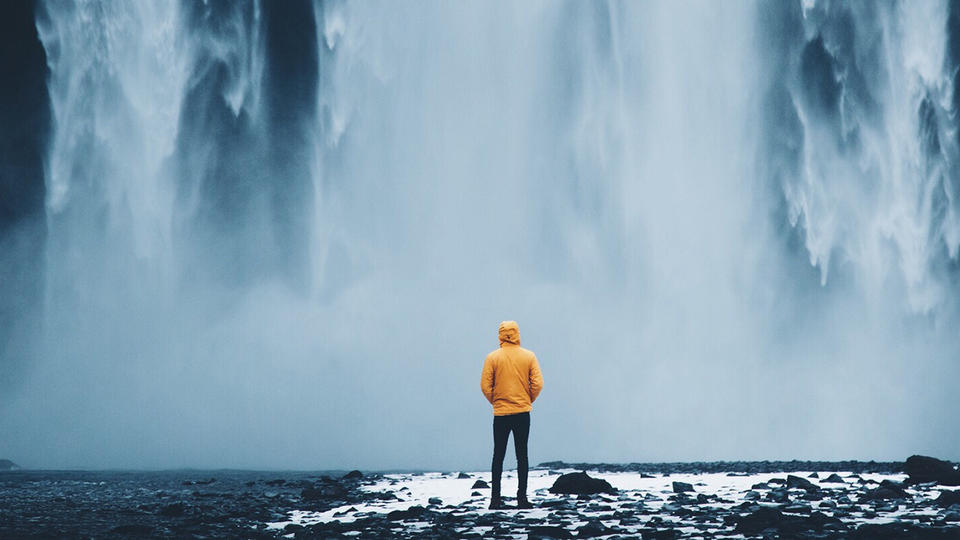
Poll Vaulting
Innovators Are Finding New Ways To Encourage People To Vote. Will It Work?
By Tracy L. Barnett
Innovators Are Finding New Ways To Encourage People To Vote. Will It Work?
Austin event planner Natalie George has a talent for transformation. A pop-up clothing boutique she designed turned an abandoned strip mall into a hip showroom; a furniture store became a cozy dance venue for a cabaret series she concocted. Creating the buzzworthy is her business. Now, to her own surprise, she’s turned that talent toward getting out the vote.
“I never looked out and saw someone who looked like me — so I saw no reason to connect to politics,” George says. But as she watched the stakes rise on the political landscape, something shifted. When two of her friends, haunted by the family separation crisis on the border, approached George about doing a fundraiser, she said yes. Their idea evolved into The Show Up: a pop-up event that became an ongoing platform for energizing artistic types to vote.
George isn’t the only innovator urging more people to vote. From New York to San Diego, and from Memphis to Minnesota, activists are launching everything from flash mobs to food trucks to mobilize voters. Sites for get-out-the vote schemes range from beaches to music festivals, and in the case of a troupe of costumed superheroes, the annual San Diego Comic-Con.
Most famously, the formerly apolitical pop star Taylor Swift caused a furor — and a 370,000-person spike in voter registrations in 72 hours — with a single Instagram post urging her fans to register and vote.
But will these efforts make a difference? Earlier efforts to increase the vote have had only paltry success. Voter turnout in the U.S. trails that of most developed countries, even in presidential elections.
On the bright side, the turnout for early midterm voting this month has been astronomical: On the first day of early voting in Texas, turnout was up 325 percent in Dallas County and 213 percent in Harris County compared to 2014. Historically, however, turnout at midterms is up to 20 percent lower than in presidential years. The reasons are many, experts say: from the complexity of our country’s voting system to widespread disillusionment.
For one thing, the U.S. system is not really designed to facilitate participation, said Wagner Kamakura, a marketing professor at Rice Business. A two-round voting system such as the one used in his native Brazil, and on which he has done extensive research, can yield much higher voter participation, he noted.
“This two-round election system, the most common in the world for electing heads of state, is quite different from the crazy system we have in the U.S., where people are discouraged — or even blocked — from voting, and the actual winner is not the one with the most votes. I wouldn’t call it real ‘democracy,’” Kamakura said. “In Brazil, close to 73 percent of eligible voters cast their votes in the first round, which is a far cry from what we see in the U.S.”
Compare that to the 2012 and 2016 U.S. presidential elections, when voter participation was just a little over 61 percent. In the 2014 midterm election, voter turnout was a dismal 36.6 percent, the lowest since World War II.
Boosting those numbers has motivated a whole host of data geeks, designers, event planners, artists and others who have focused their creative energy on the challenge. Houston computer programmer Nile Dixon, for example, developed a chat bot to help people find the closest shelter during Hurricane Harvey; now he’s adapted it to help up to 20,000 Texas voters find their polling place.
Boston attorney and environmentalist Nathaniel Stinnett, wondering why the environment didn’t show up in more political discourse, discovered that environmentalists as a group have an extremely poor voting record. So he left his position to found the Environmental Voter Project, bringing on an army of interns to mobilize the environmental vote.
In St. Louis, picking up on the excitement generated in the African-American community by the blockbuster film “Black Panther,” activist Kayla Reed helped launch #WakandaTheVote. The project allowed people to set up voter registration events at local movie theaters or register to vote via text message. The success of that drive was followed with #WrinkleTheVote, aimed at parents, young adults, babysitters and teachers who took their children to see “A Wrinkle in Time.”
Sacramento journalist and poet Raquel Ruiz, meanwhile, was moved to tears and then to action by the immigration issue. Her arts group MAP California teamed up with Nagual Theater Inc. to produce “Letters from the Wall,” a work of street theater compiled from letters written by the families of immigrants who have lost loved ones. The idea is to raise awareness about immigration policy and motivate people to go to the polls. Ruiz, herself a Colombian immigrant, will be reading the letter of a mother who lost her son at the border while seeking asylum.
While much of the current activity is designed to increase voter turnout in this year’s election, there are also initiatives designed to improve turnout in the years to come.
Adam Eichen, co-author of the book Daring Democracy: Igniting Power, Meaning, and Connection for the America We Want, points to a number of ways to build voter turnout, beginning with how we register voters. “Our voter registration system is antiquated and deters voting,” Eichen said. “We’re in the 21st century; election officials don’t need multiple weeks to process a registration form. Voters, many of whom have busy lives, should be able to register to vote on Election Day.”
One reform that could bring on an estimated 50 million new potential voters in one fell swoop: automatic voter registration. Under this system, eligible citizens who interact with government agencies — for example, when they get their driver’s license – are automatically registered to vote unless they choose to decline. Since Oregon adopted this approach in 2016, its voter registration has quadrupled; 12 other states and the District of Columbia have followed suit.
Making Election Day a national holiday is another idea we could import from other countries. In the last midterms, some 35 percent of those who didn’t vote said scheduling conflicts with work or school kept them from the polls. Vote.org has launched ElectionDay.org to encourage companies to give their employees Election Day off, and more than 250 have signed on. One of those, New York-based Blue Point Brewery, has launched a Voters’ Day Off beer, complete with petition on the side of the can that consumers can sign and mail to the Senate, advocating a national holiday.
Allowing voters to participate through innovative “Democracy Voucher” public financing programs like the one in Seattle could foster engagement, as well, said Eichen. There every voter is given four $25 vouchers to donate to the candidate of their choice. “Beyond democratizing political financing, the program encourages residents to research candidates and decide whom they want to financially support,” he said. “This should lead to more of an affinity for the political process, while also expanding who has a voice. In Seattle, one candidate even reportedly collected donations from the homeless population.”
What impact all of this might have, of course, won’t be clear until after Nov. 6. But there are already indications that for this year, at least, the push to get people to the polls is working. A surge in voter turnout for the spring midterm primary was one indicator. And a poll from Tufts University showed high levels of young people, usually the least likely to vote, paying attention and planning to vote.
By the second day of Texas’ early midterm voting this month, the in-person vote and mail-in ballots in six counties had already exceeded the total early voting in 2016’s presidential election. Nearly 20 percent of those first day ballots were cast by non-primary voters, while between 5 and 9 percent appeared to be first-time voters. It may not yet be the crashing wave that get-out-the-vote innovators hope for. But it’s clearly a rising swell.
Tracy L. Barnett is an independent writer based in Guadalajara.


